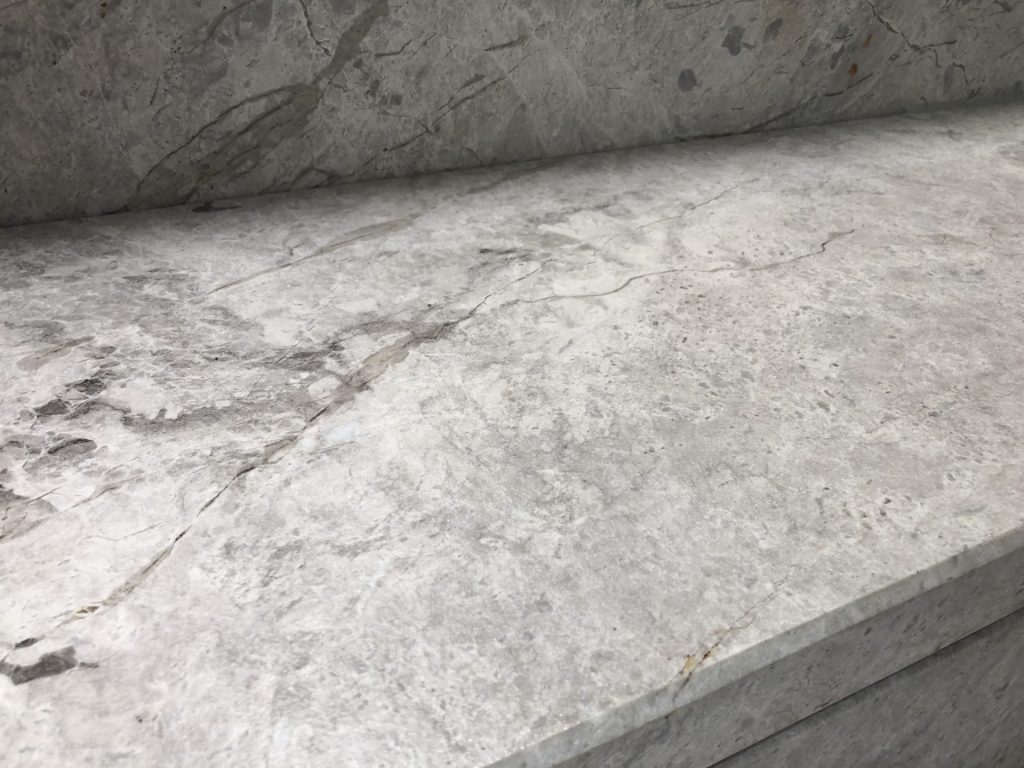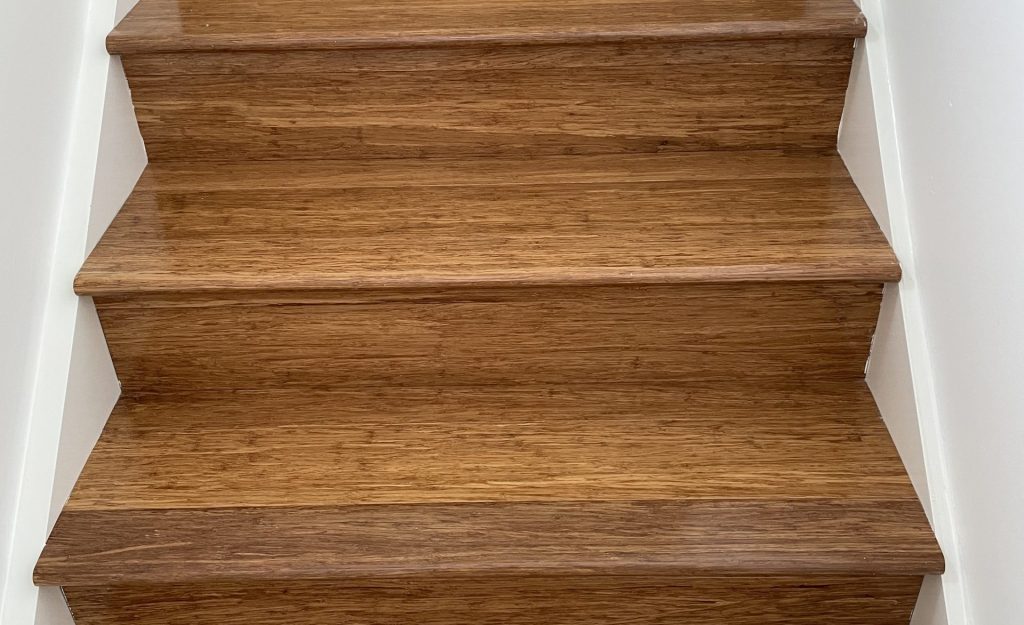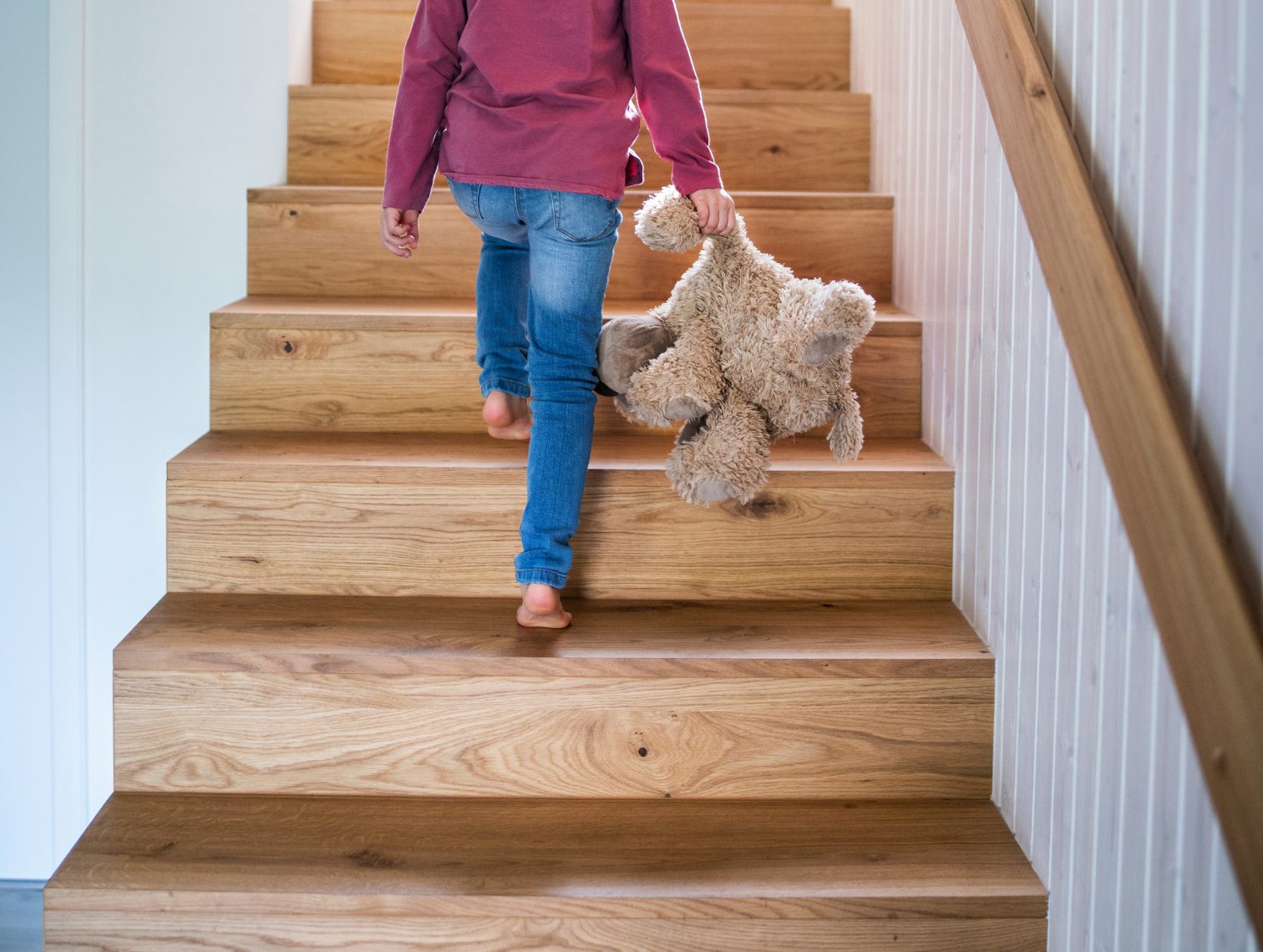Along with bathrooms, one of the most dangerous areas at home are stairs. They pose tripping and slipping risks for everyone: toddlers, teenagers, adults, and seniors alike. Learn how to make stairs slip-free and safe for all with the best and most efficient solutions.
According to Work Safe Queensland, slips, trips and falls are the second most common cause of sprain and strain related injuries. Moreover, they can lead to serious injuries that require hospitalisation.
The Work Health and Safety Act of 2011 specifies clear regulations to prevent slips and falls on stairs. However, in many residential and commercial staircase to not comply with these rules, especially when it concerns older properties.
Rules for Stairs – Work Health and Safety Act
In accordance to AS 1657, staircases should also have handrails installed and need to be easy to grasp. Stairways wider than 1000mm should have a handrail on each side. Furthermore, all risers and goings need to comply with the dimensions on the picture below.
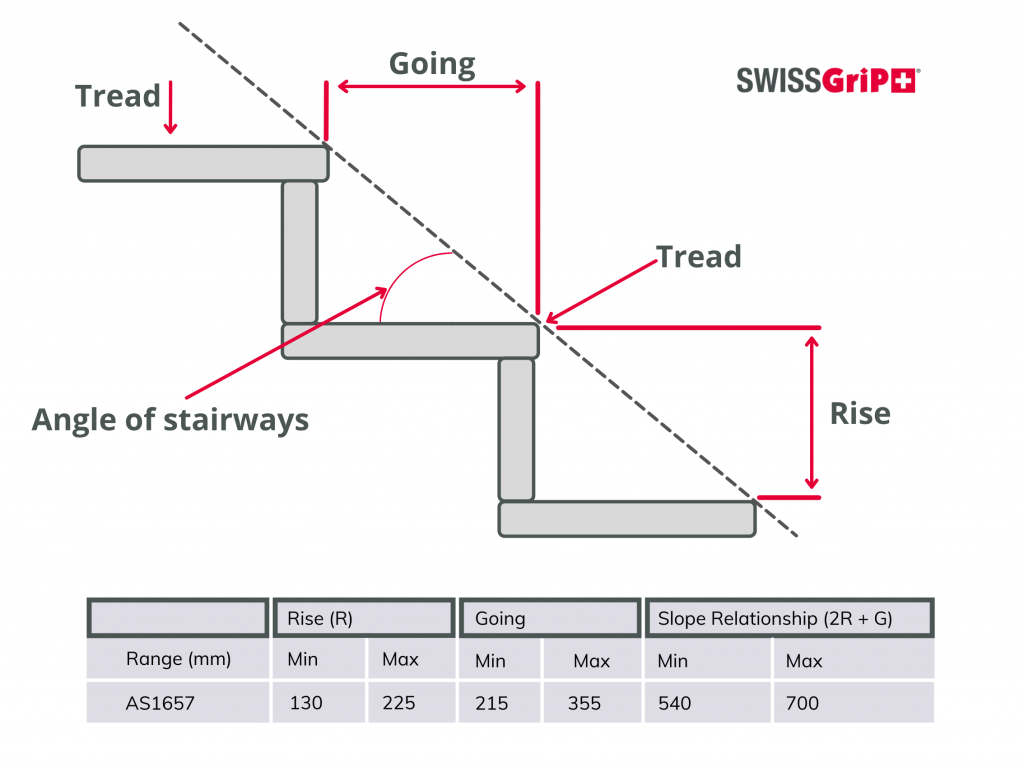
Thread and Nosing Rules (AS 1657)
- A tread should extend across the full width of the stairway
- A tread surface should be slip resistant (P3 slip-rating for indoor stairs, P4 for exterior stairs: AS 4586)
- Nosing/edge of step should be slip resistant, in good condition and clearly visible against the background (in all lighting conditions).
- Highlight isolated steps with nosing that is slip-resistant and in a different pattern/colour to the tread.
How to Make Stairs Slip-Free & Safe for All?
Many stair treads are not slip-resistant or become slippery due to traffic. So how can we create durable, slip-resistant stair treads that comply with the Australian Work Health and Safety Act?
Anti-slip Treatment
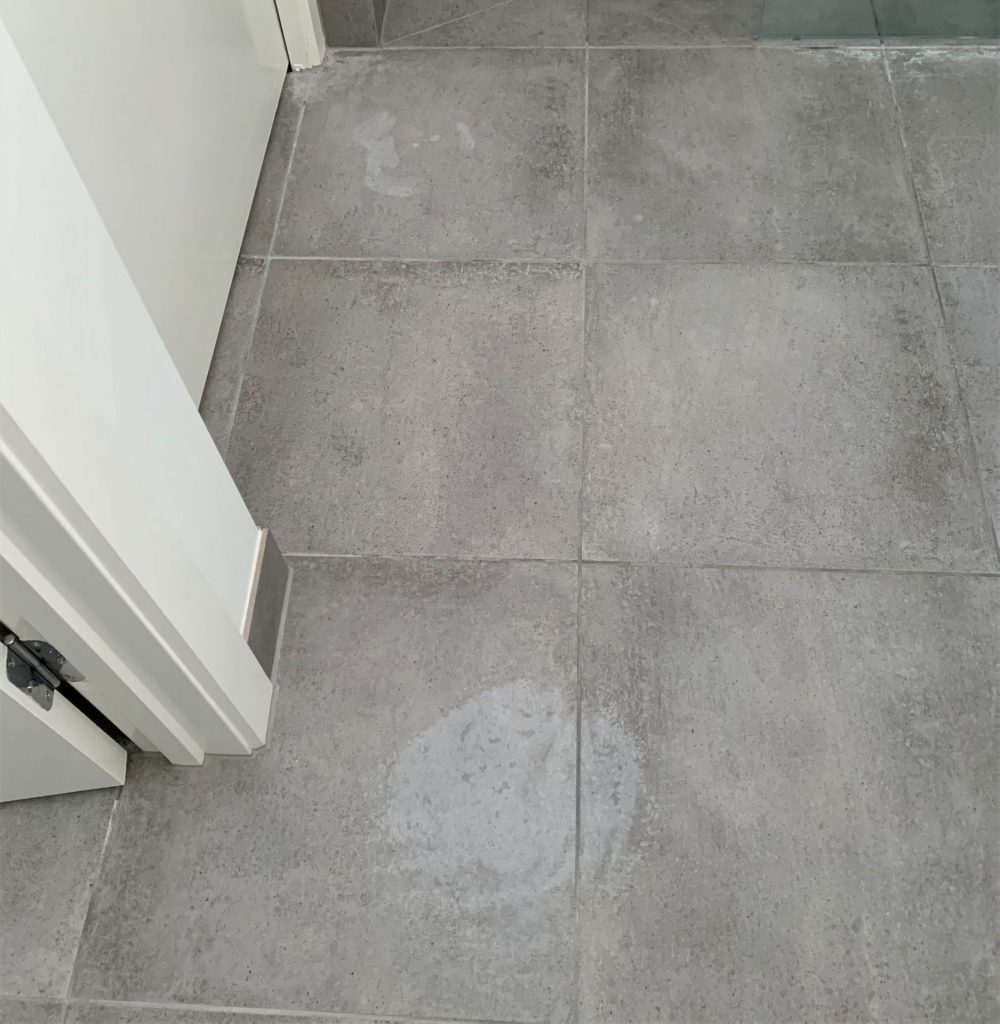
Anti-slip treatments are a very cheap solution to increase the roughness of a surface. Although many suppliers will be reluctant to admit it, all anti-slip treatment are based on acid. This highly corrosive and colourless liquid works by etching into the surface. Therefore, anti-slip treatments are known to cause staining.
Due to the corrosive nature, anti-slip treatments can not be used on timber, natural stone or marble. Moreover, it can be difficult to keep the surface clean as dirt will easily penetrate into the etched surface. Another disadvantage is that anti-slip treatments cannot be used to create a coloured strip on the edge of the stair nosing. There isn’t a warranty on the slip-rating of a treatment either.
Slip-Free Tape
Non-slip tapes are available in several shapes and colours and are easy to install. However, the adhesive are not aesthetic and often have limited durability. Contrary to popular believer, tapes are not cheap. Especially when calculated on a square metre basis and taking reapplications into account, tapes are one of the most expensive solutions.
Non-Slip Coating: Swiss GriP
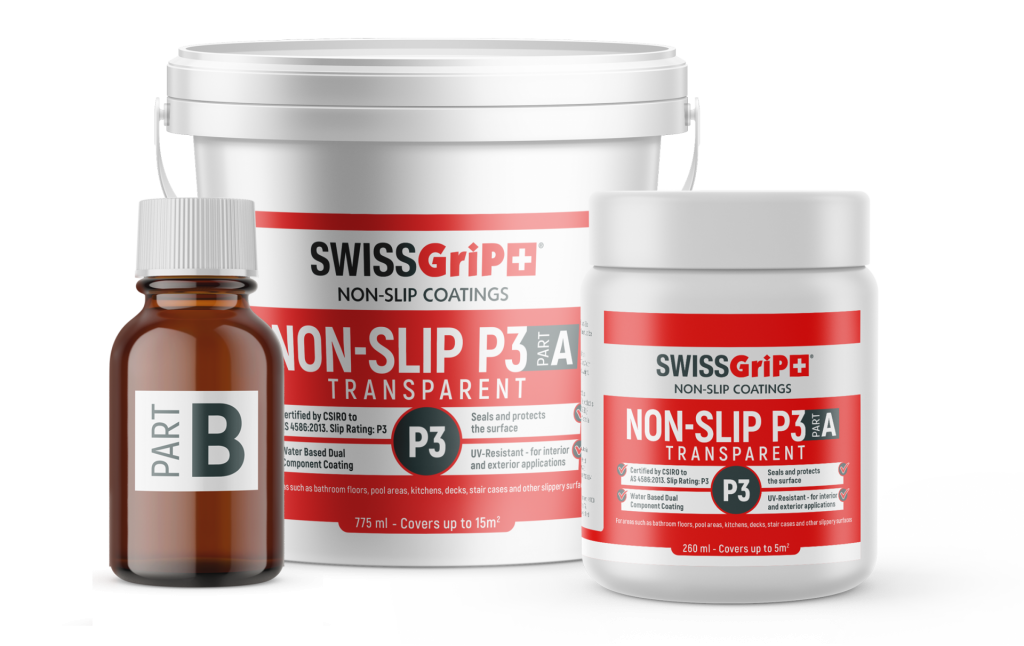
If non of the above non-slip solutions has convinced you, and if you place your safety and aesthetics above all else, then have a look at the Swiss GriP. This dual-component, water-based coating Australia’s leading non-slip solution for a wide range of surfaces.
Unlike many other single- and dual-component coatings, Swiss GriP has excellent adhesion to tiles, marble and timber, creating long lasting slip-resistant surfaces. Additionally, the Swiss GriP coating is CSIRO-certified with P3 or P4 slip-ratings. So, it can be used in residential and commercial settings.
Apart from excellent slip-resistance, Swiss GriP is antimicrobial (ISO 846-certified), UV-resistant and non-yellowing. Another unique characteristic is the non-hazardous and environmentally friendly status of the coating. This makes Swiss GriP available as a DIY solution. Although installation service is also possible.
Swiss GriP is available as a completely transparent and non-yellowing coating. However, it can be tinted so it can be used to create contrasting strips on stair nosing.
Convinced? Contact us for a free consultation or quote, or have a look at our webstore.
